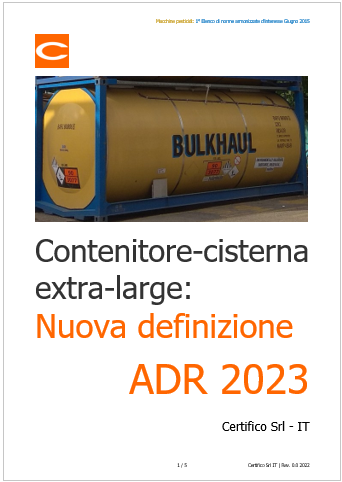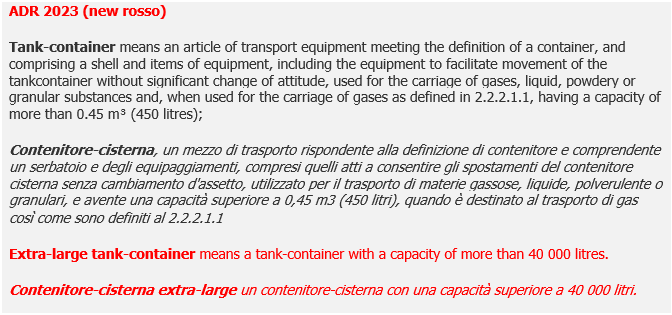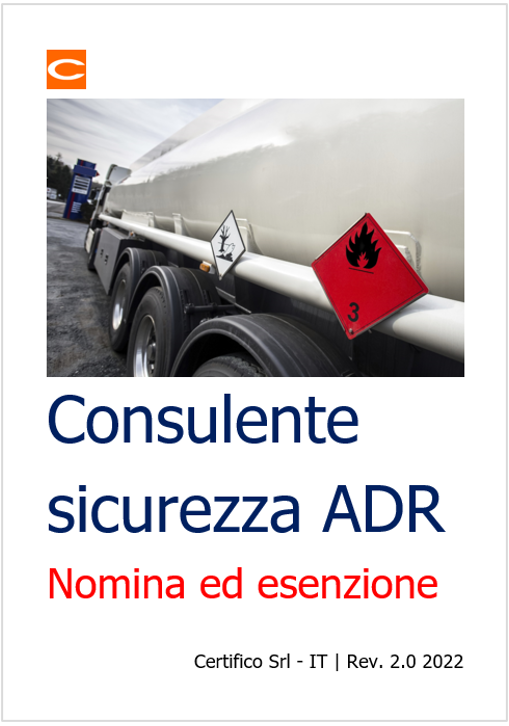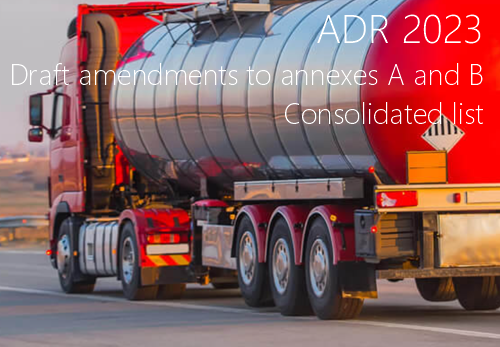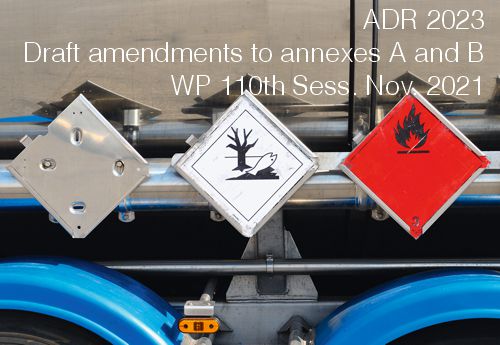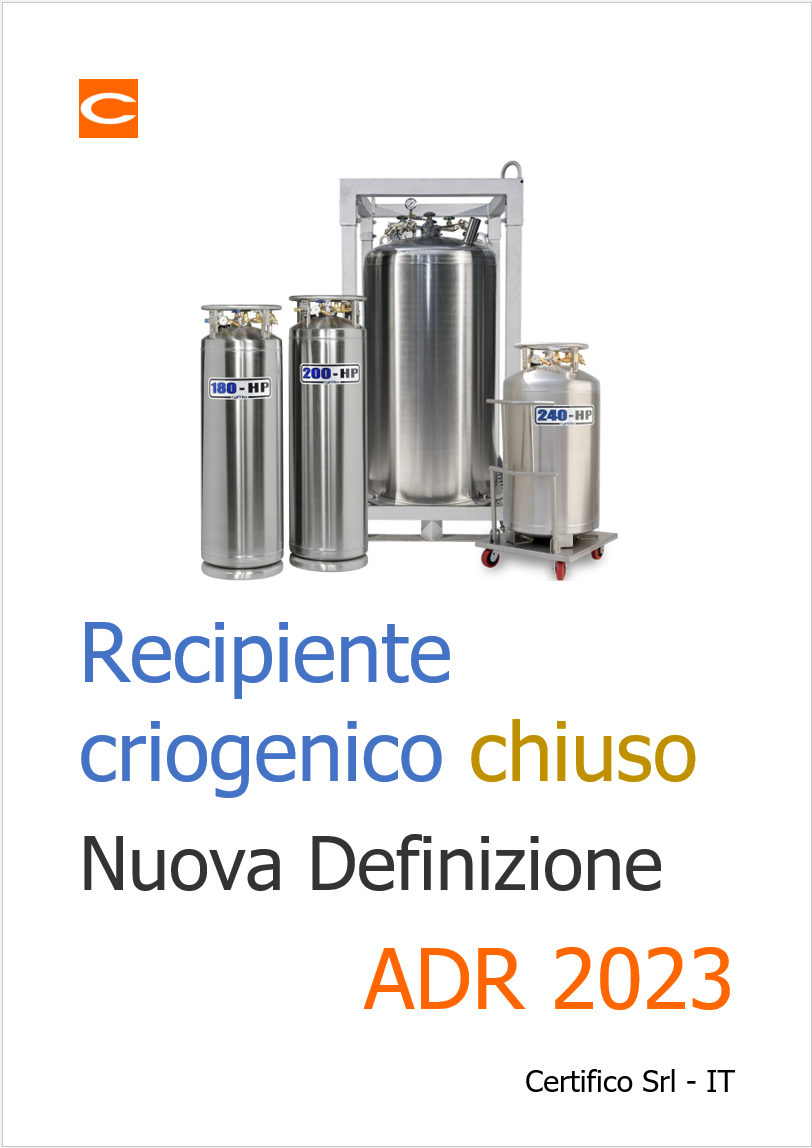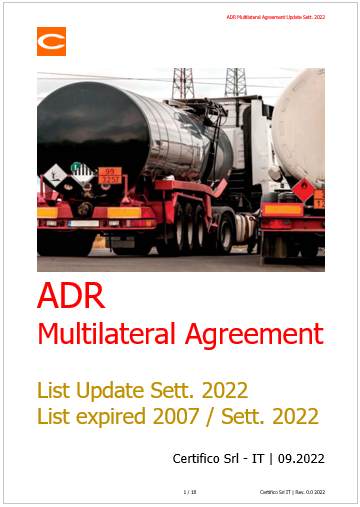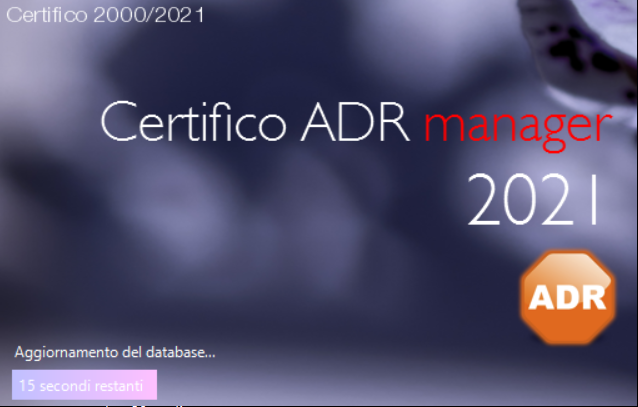ADR: il nuovo ONU 3509 Applicazione
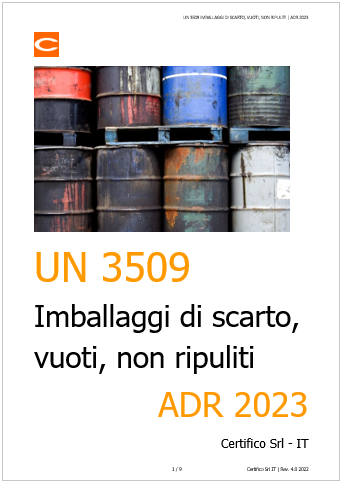
ADR: il nuovo nuovo ONU 3509 Applicazione / Update ADR 2023
ID 1207 | Rev. 4.0 del 02.07.2022 / Documento completo in allegtao
ADR 2023, aggiornamento:
- La Disposizione Speciale 663 inerente gli imballaggi scartati, vuoti, non ripuliti
- Tabella A 3.2 nella colona (17) Disposizioni speciali relative al trasporto - Alla rinfusa inserito VC1
_______
Allegati:
- Scheda completa articolo
- Report materia 3509
- Tremcards rifiuto 150110 / 3509
UN 3509 IMBALLAGGI DI SCARTO, VUOTI, NON RIPULITI
Per l'applicazione del nuovo numero ONU 3509 sono da prendere in esame:
- La Tabella A 3.2
- La Disposizione Speciale 663
- Le informazioni da fornire nel DDT nel nuovo paragrafo 5.4.1.1.19
- L'esenzione totale 1.1.3.5
- L'esenzione parziale 1.1.3.6
_______
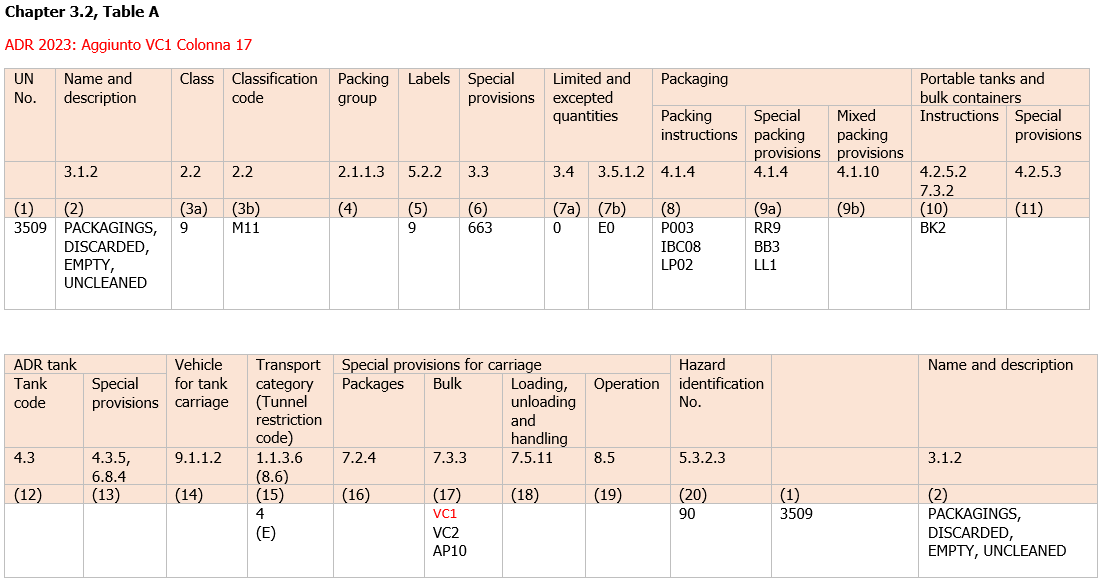
...
Disposizione Speciale 663
In rosso le modifiche ADR 2023
Tale rubrica deve essere utilizzata solamente per imballaggi, grandi imballaggi o GIR, o parti di essi, che hanno contenuto merci pericolose e sono trasportati per l'eliminazione, il riciclaggio o il recupero, manutenzione ordinaria, rifrabbricazione o riutilizzo, e che sono stati svuotati in modo da contenere solamente residui aderenti agli elementi degli imballaggi quando sono presentati al trasporto.
Campo di applicazione:
I residui presenti negli imballaggi scartati, vuoti, non ripuliti, possono essere solamente materie pericolose appartenenti alle classi 3, 4.1, 5.1, 6.1, 8 o 9. Inoltre, non devono includere:
- materie assegnate al gruppo di imballaggio I o per le quali è presente "0" nella colonna (7a) della tabella A del capitolo 3.2, nè
- materie classificate come materie esplosive desensibilizzate della classe 3 o 4.1; nè
- materie classificate come materie esplosive autoreattive della classe 4.1; nè
- materiali radioattivi; nè
- amianto (ONU 2212 O ONU 2590), bifenili policlorurati (ONU 2315 e ONU 3432), bifenili polialogenati o terfenili polialogenati (ONU 3151 e ONU 3152).
Disposizioni generali:
Gli imballaggi scartati, vuoti, non ripuliti con residui che presentano un pericolo primario o sussidiario della classe 5.1 non devono essere caricati alla rinfusa insieme a imballaggi, scartati, vuoti, non puliti con residui che presentano pericolo di altre classi.
Gli imballaggi scartati, vuoti, non ripuliti con residui che presentano un pericolo primario o sussidiario di Classe 5.1 non devono essere imballati con altri imballaggi, scartati, vuoti, non puliti con residui che presentano pericoli di altre classi nello stesso imballaggio esterno.
Delle procedure di selezione documentate devono essere messe in atto sul luogo di carico in modo da garantire che siano soddisfatte le prescrizioni applicabili a tale rubrica.
NOTA: Tutte le altre disposizioni dell'ADR devono essere applicate.
...
